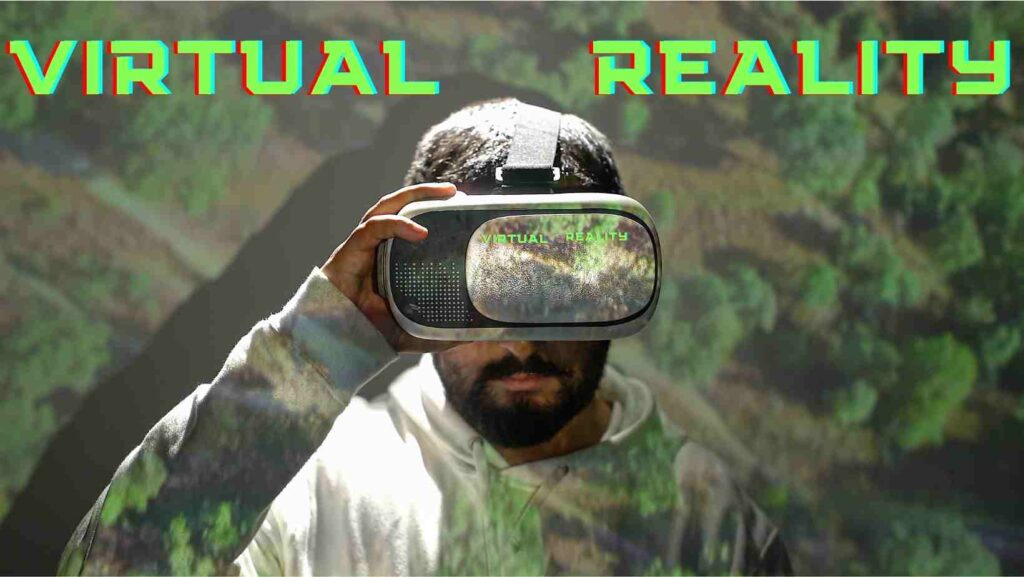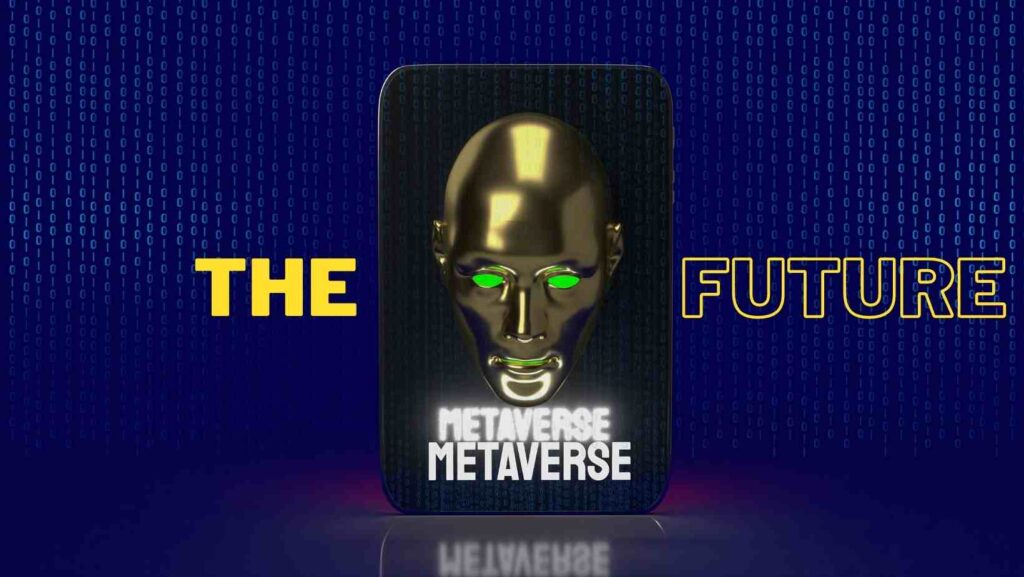What is the Metaverse and Why everyone should be talking about it?
Is it another virtual reality?
The term metaverse refers to a shared virtual space where individuals can interact through their avatars. In essence, it’s a 3D version of Second Life, except instead of using a mouse or keyboard, you control your avatar with a smartphone.
Metaverse is a new virtual environment designed to allow users to create and share their own experiences. It’s also a way to connect people across the globe.
Why would someone want a Metaverse?
Virtual reality has been around for decades now, and we all know about gaming, but there’s something more powerful at play here. Rather than making us experience what life could be like in a specific place or period, VR allows us to make our dreams come true. We can go anywhere, do anything, live any life we want — including going back to an era from centuries ago.
It was no longer possible before virtual reality because there were limitations on how far development could take us technologically. We can finally step outside of those boundaries and truly feel like we’re part of something much bigger than ourselves with VR.

How does a Metaverse work?
To understand how virtual reality works, you first need to know how the internet works, specifically decentralized peer-to-peer networks. These networks function by having many computers running the same program simultaneously. Each computer runs the same software, sharing information automatically via networking.
It means that when Alice wants Bob to view and access her website, she won’t have to go out of her way to request him to visit it. Instead, Bob will get a notification that he needs to open a web browser that allows him to access the site, simply following directions set up by Alice, so he knows exactly where to look for it. If Bob doesn’t have the right browser, he gets directed to a different site.
It isn’t limited to websites either, although most people usually think of these as the primary form of communication online. For example, if Alice wants to read an article written by Bob, she can send it directly without needing to wait until Bob finds a specific email address or website address. Likewise, if Alice wants to reply to the post, she can respond immediately without waiting for Bob to pick up his phone.
Imagine an entire community of people living together in a single virtual space called a Metaverse. They can collaborate, trade items, communicate and even socialize with others who might not be in the same city or country. Because they’re connected, everyone can always find the resources they need within seconds rather than hours or days.
Is a Metaverse safe?
A Metaverse must be secure; otherwise, you would never trust the internet. There’s also the risk of losing everything you’ve created because of cyberattacks. The problem is that there’s only one point of failure: the server itself. So if that goes down, then everything becomes inaccessible and unusable.
Several ways of security measures can be implemented to ensure this never happens. One such measure is a distributed network where nodes store data redundantly, and the servers can still operate despite various failures. Another strategy is the use of encryption and authentication techniques and anti-spamming systems. Finally, users should always back up their data regularly.

What is the future of virtual reality?
If virtual reality is to become commonplace, there will only be one sure-fire method for its success, and that’s through consumer adoption. It seems like many brands are capitalizing on this idea. Google Glasses are great when paired with augmented reality apps, while Samsung Gear VR headsets are easy to set up and provide high-quality experiences. Last year, Apple announced a new headset at WWDC called ARKit that provides some of these features.
However, there are some drawbacks to these devices. First off, there aren’t a lot of apps available yet. Second, these headsets require smartphones, which limits functionality since many people don’t carry tech-laden phones around with them all day. Third, they are bulky and uncomfortable. Finally, the prices are incredibly high. These issues are why I believe virtual reality will take longer to adopt than anticipated.
So, on average, the actual question is how we want to interact with our friends and colleagues in the physical world to perform specific actions (or watch content).
We tend to interact with them via traditional communications channels, including voice, video chat, messaging, and text messages. It might change over time. We may start to feel more comfortable communicating digitally and less so physically. My wife and I have started calling each other on Skype instead of texting or instant messaging. Chatting over a medium like Skype has proven quite enjoyable because it feels like talking face to face but with distance, audio latency, and low frame rates.
In my perspective, the bottom line is that we are becoming accustomed to the idea of communicating in digital spaces before considering whether we should continue to meet with the person in person.
Another reason why I think virtual reality could take longer to catch on compared to the rise of mobile technology is that we have way more options in terms of smartphone penetration globally.
I’m not entirely convinced by virtual reality as a replacement for meeting live humans in person. But that’s just me; others may feel differently.
It’s worth noting that a great deal of research in social psychology has been done into human behaviour online and how this differs from offline interpersonal interactions. It includes studies in things like presence and emotional contagion.
So I guess there are many reasons why virtual reality adoption isn’t happening faster than expected. I’d add that the first generation of virtual reality products wasn’t exactly designed to be used as an everyday device.
When the Oculus Rift was released back in 2012, it cost £399 and had limited support for gaming and no way of sharing your view with people without buying another headset. Sure, you could wear the headphones wirelessly via Bluetooth, but if you wanted to share your experience with someone else, then you’d need to buy another set of equipment.
And yes, most of us are already familiar with the concept of using glasses to see information on screens. Virtual reality is far more immersive and engaging and requires some investment upfront.
For example, when I first tried out Google Cardboard, I found it could not move the screen in any direction, meaning you were stuck looking into one place until you put the viewer away and moved to somewhere else.
Of course, Oculus made it easier to move between locations by introducing the touch controllers, which allowed users to both touch and hold objects and interact with these within VR experiences.
So while I’m sure that virtual reality will eventually become mainstream when it comes to entertainment purposes, at present, I don’t believe it’ll replace face-to-face communication. If anything, I think it’ll provide a secondary option alongside a primary form of interaction such as SMS/Texting/Messaging, etc. There may be a third or fourth approach that isn’t mentioned here.
I’d love to hear thoughts from other readers about this subject.
I hope this helps!





